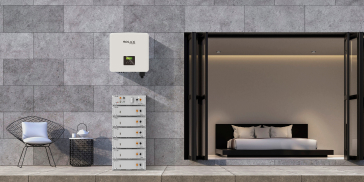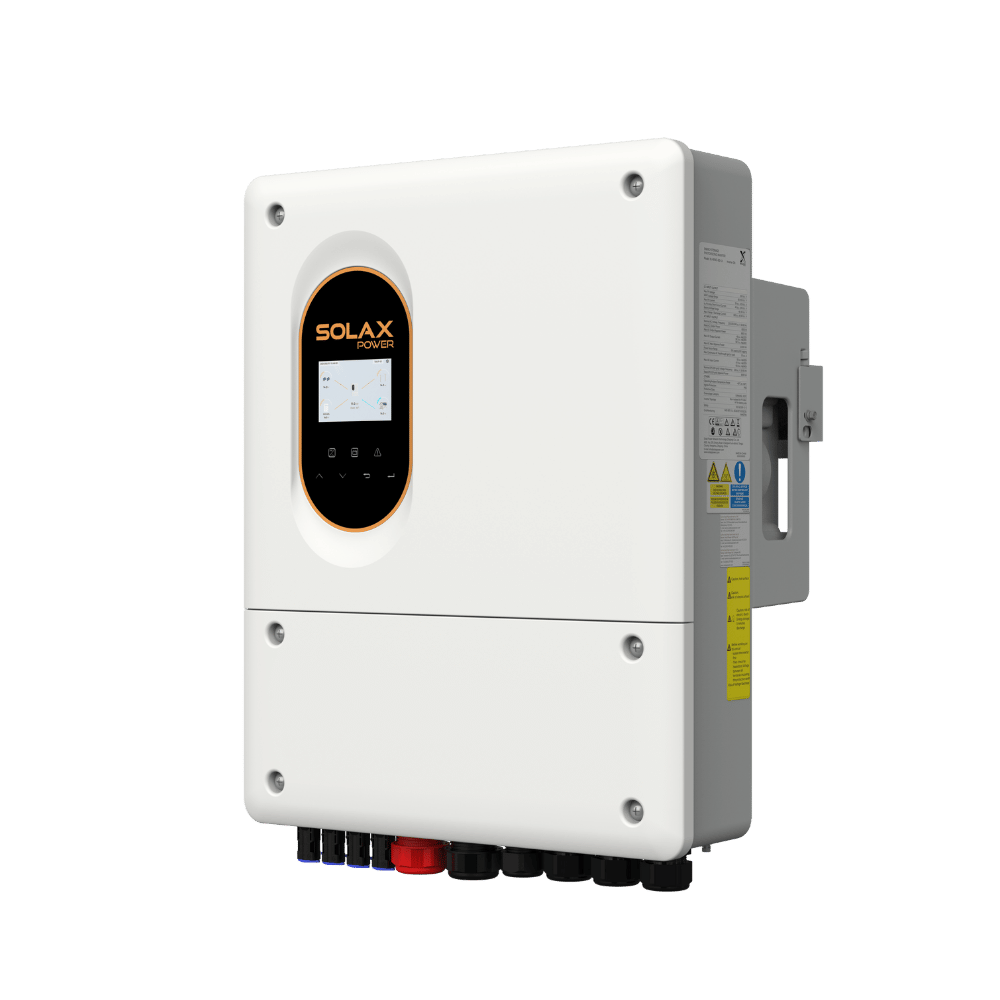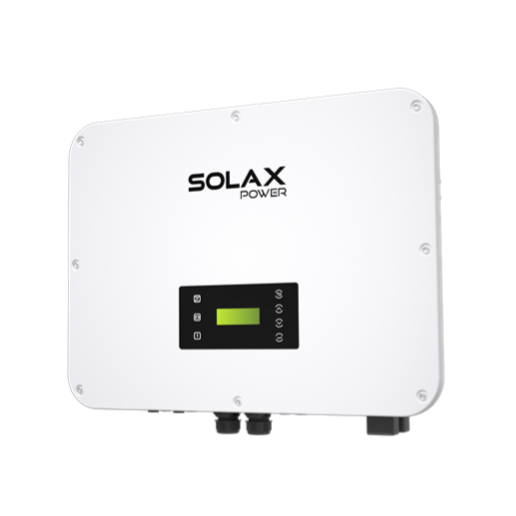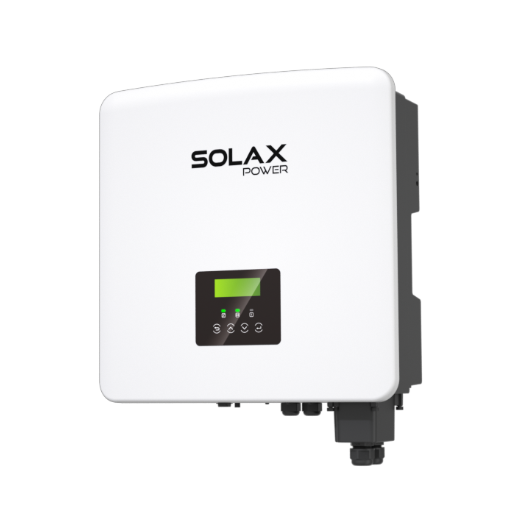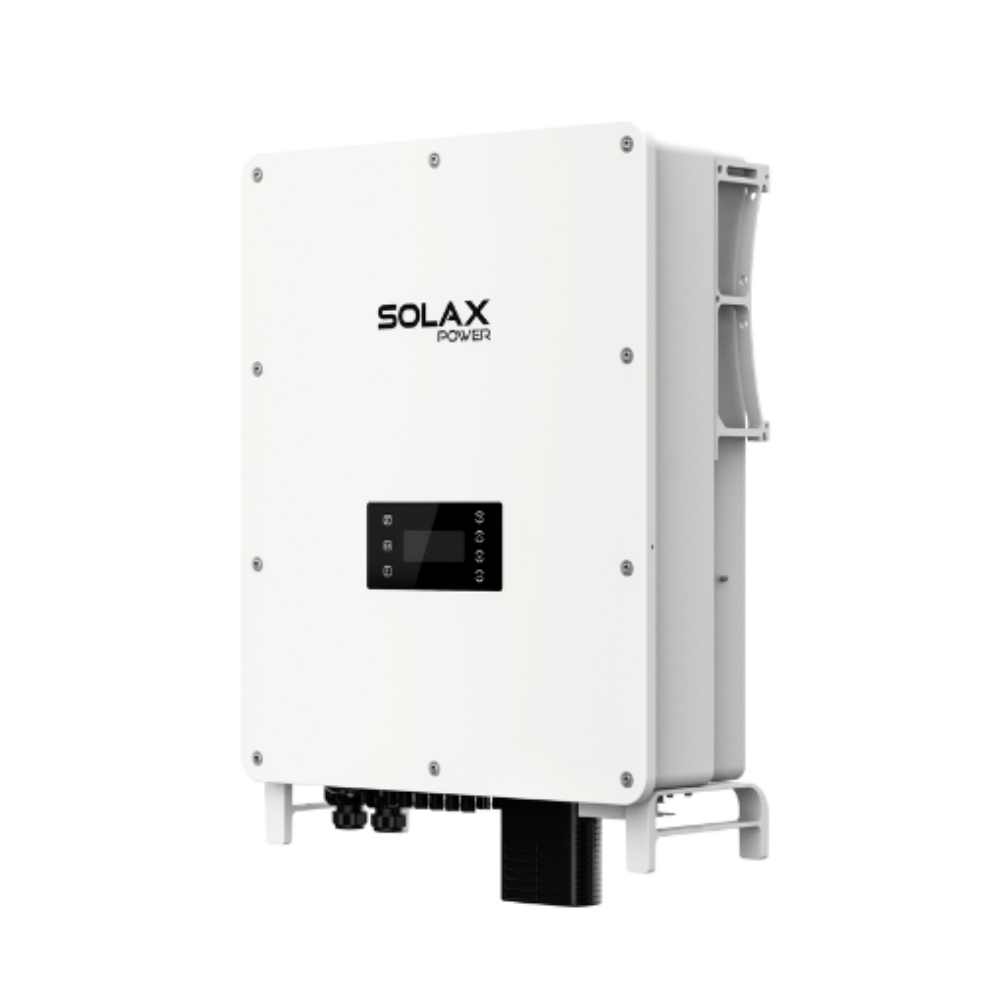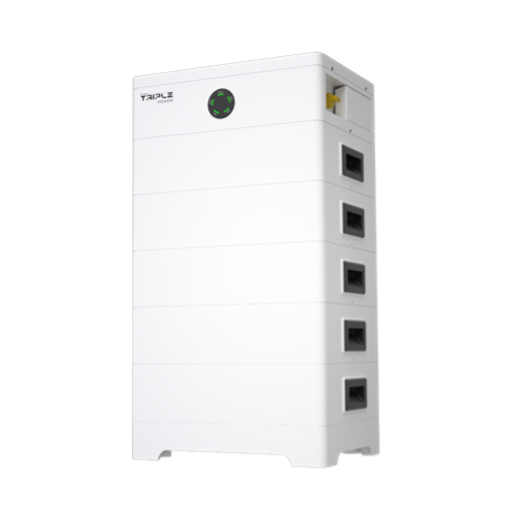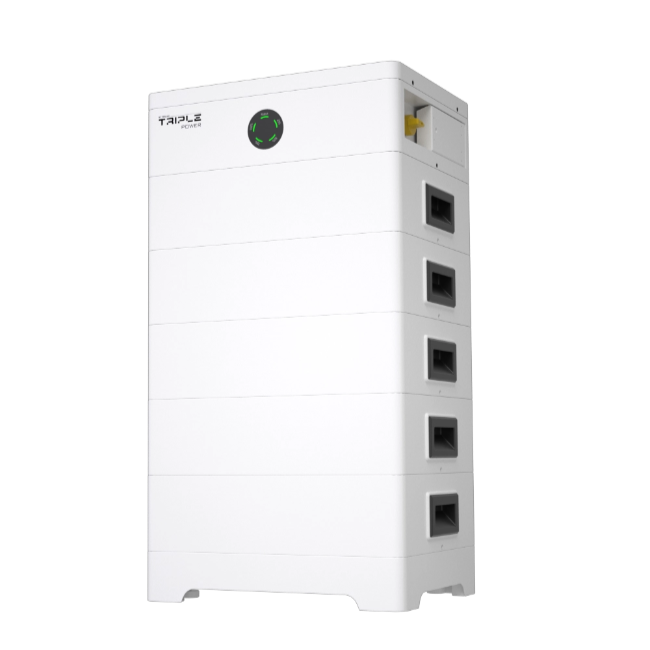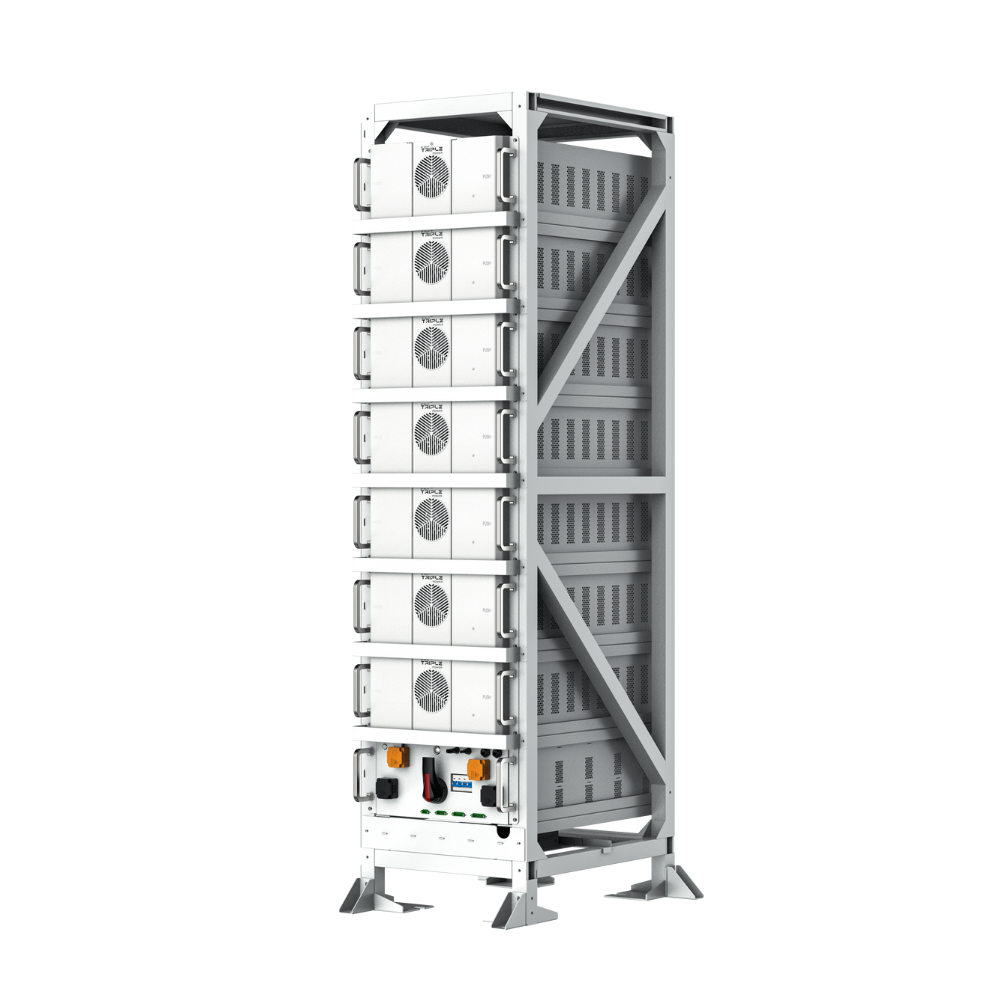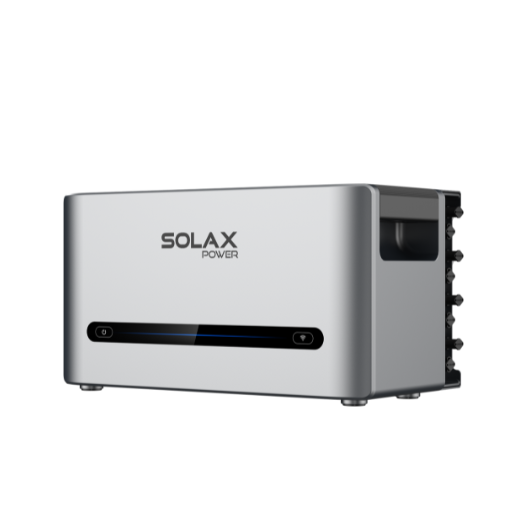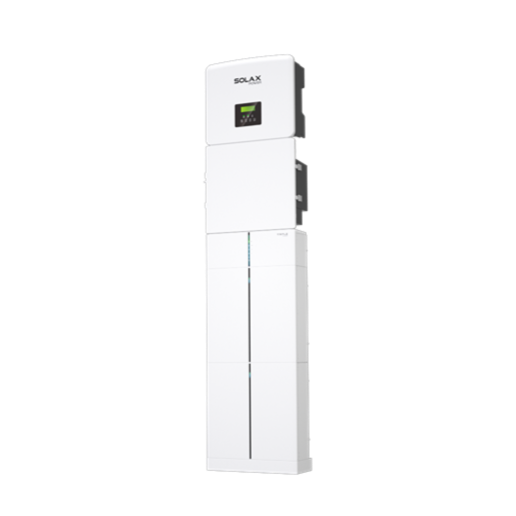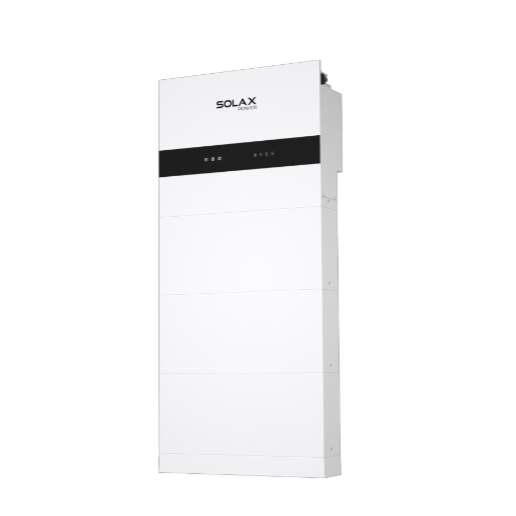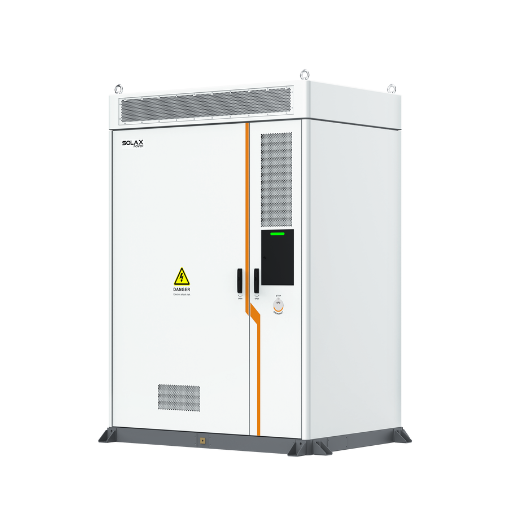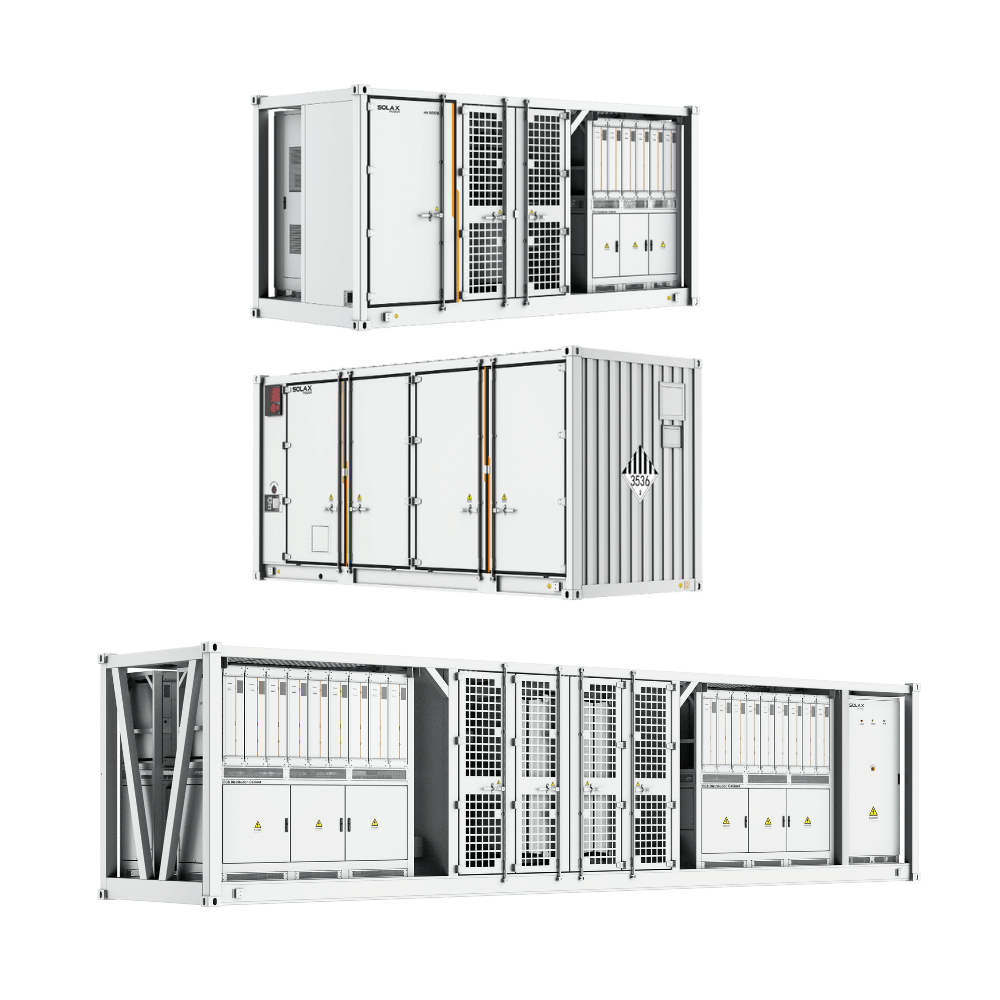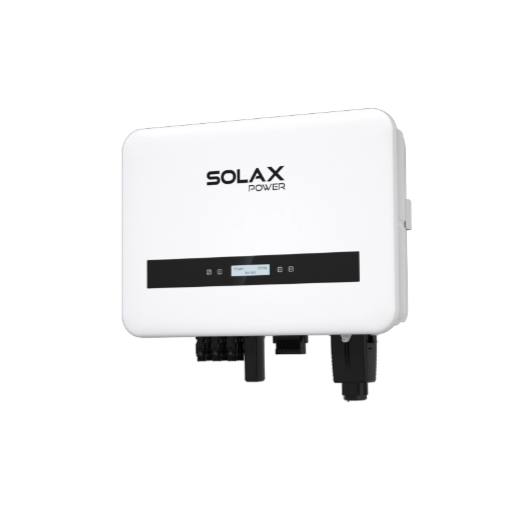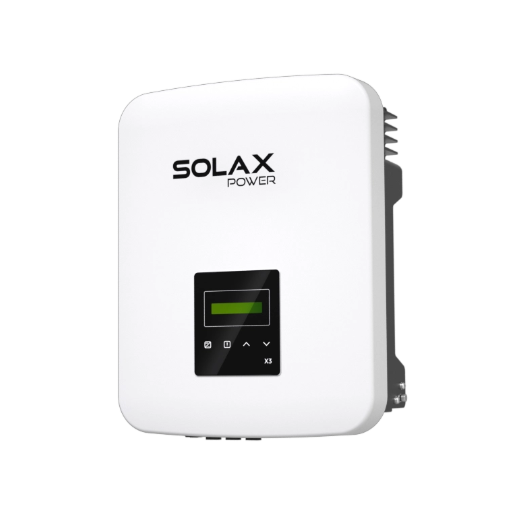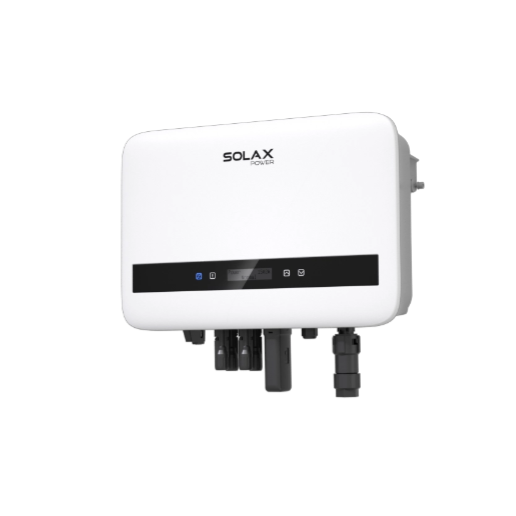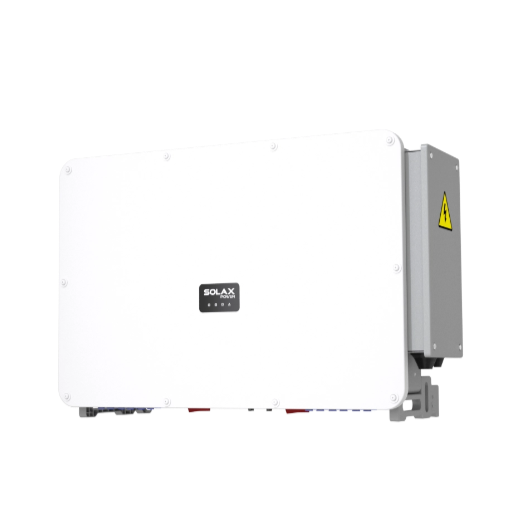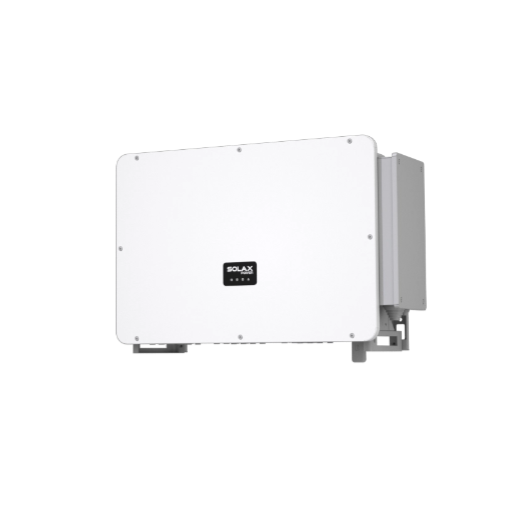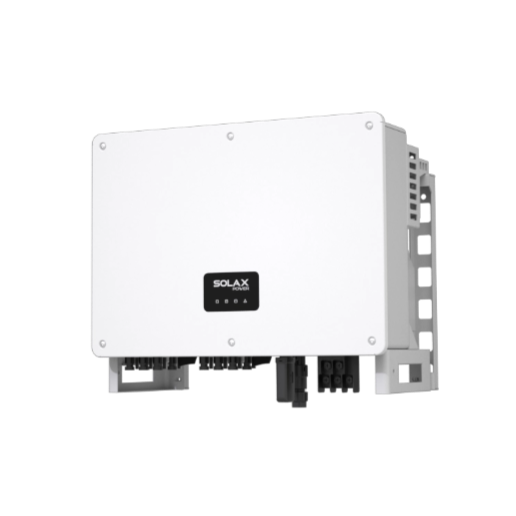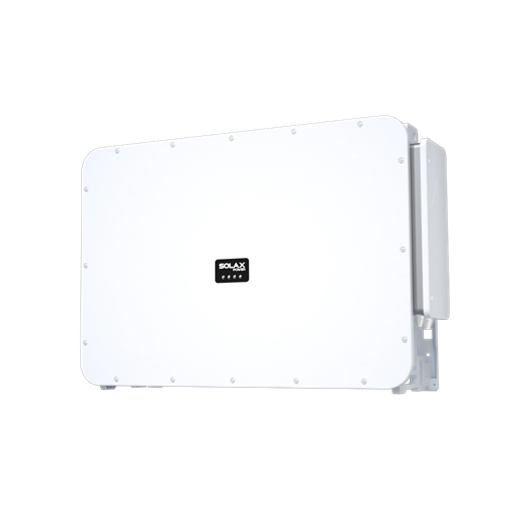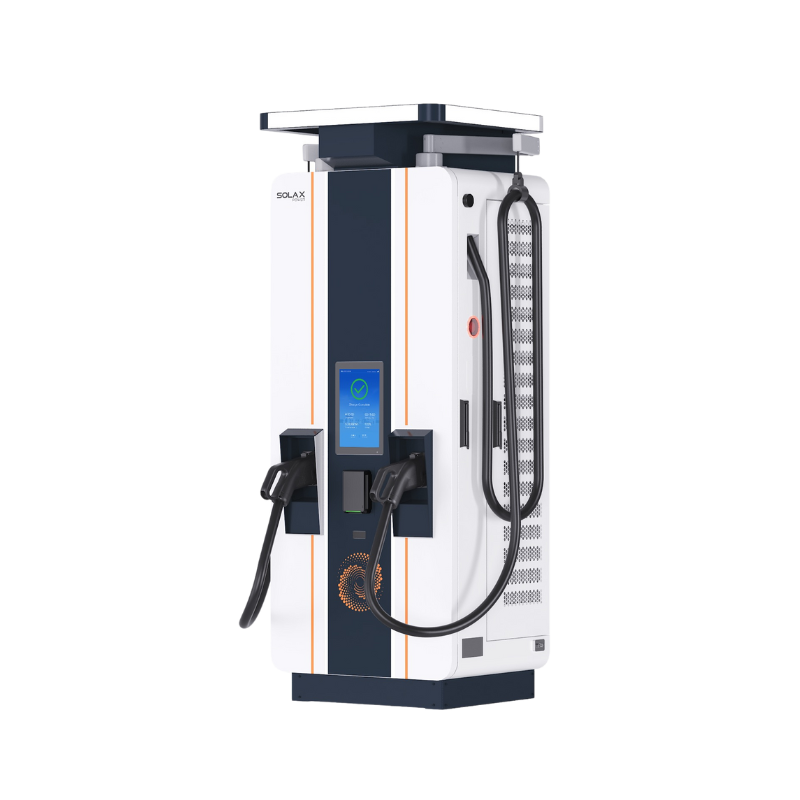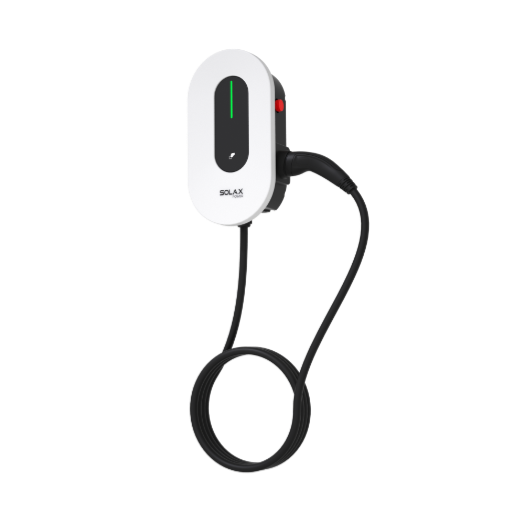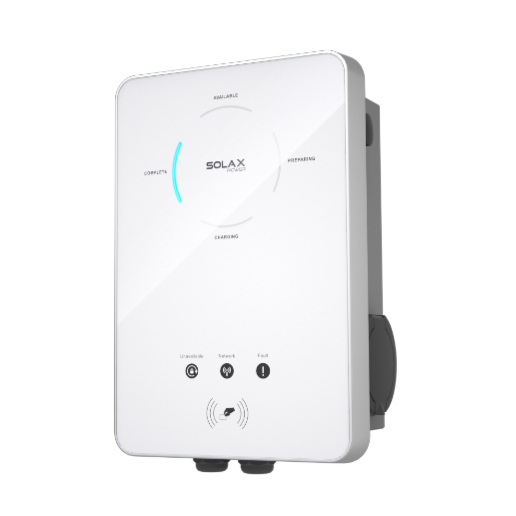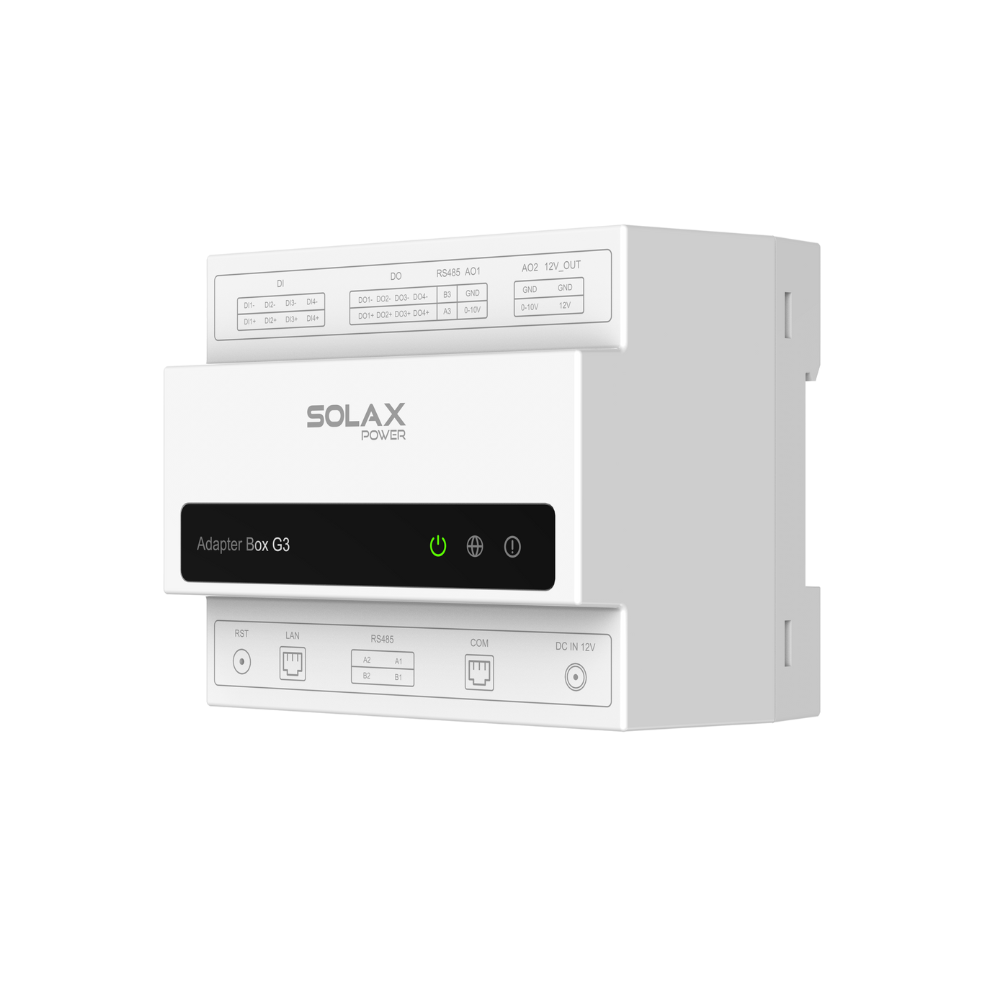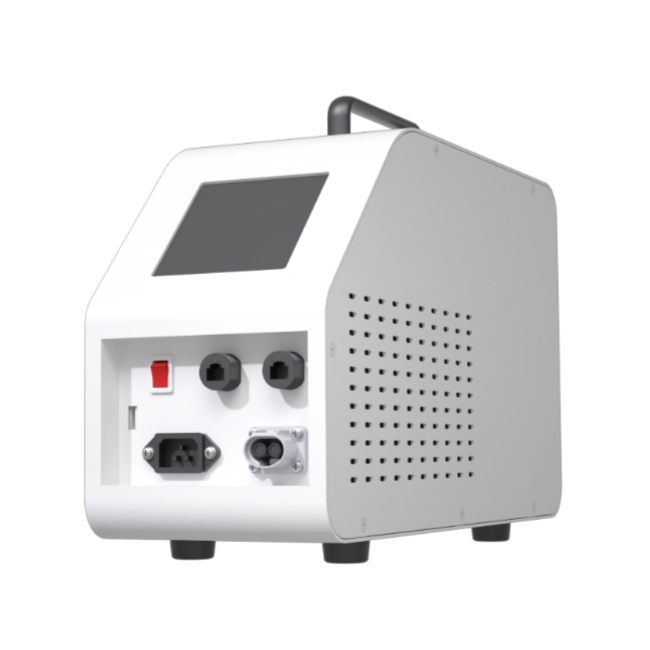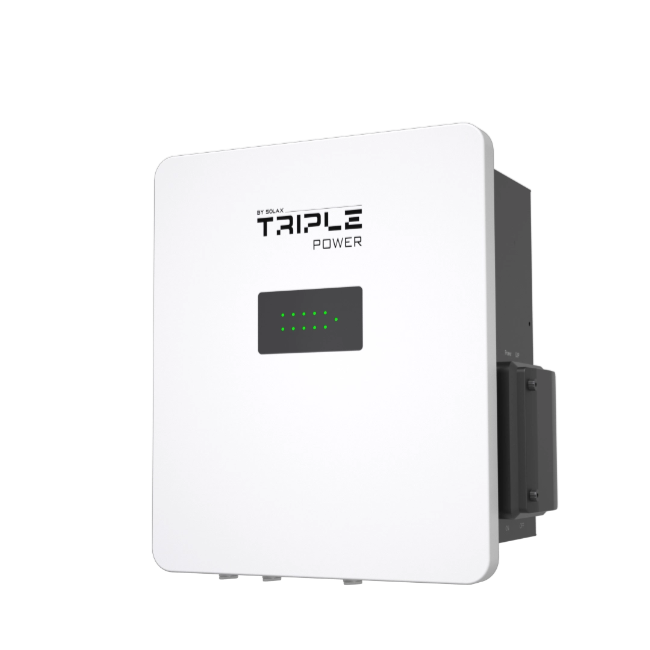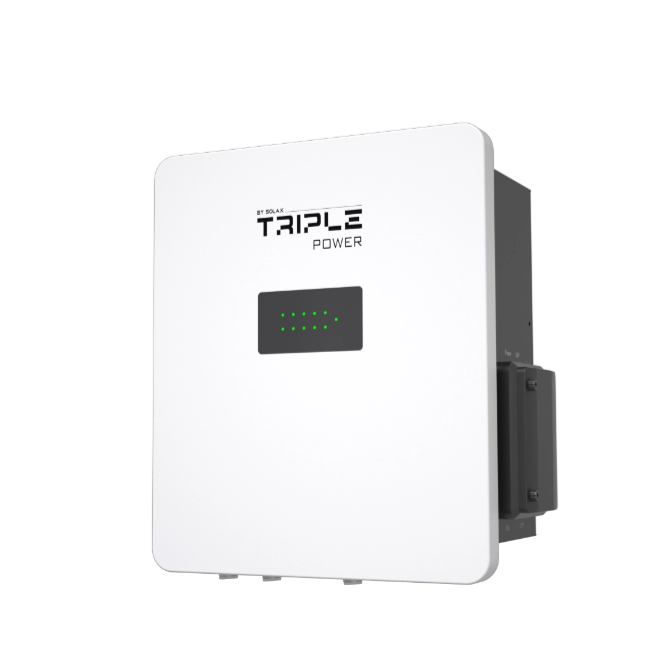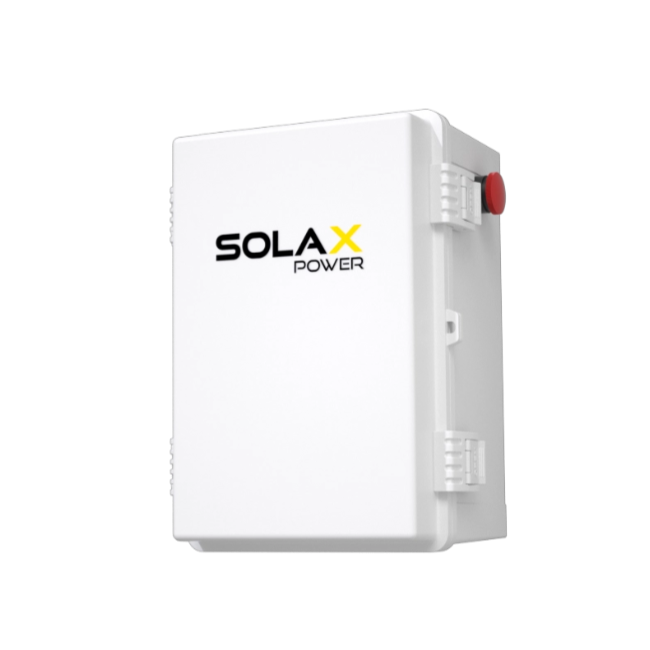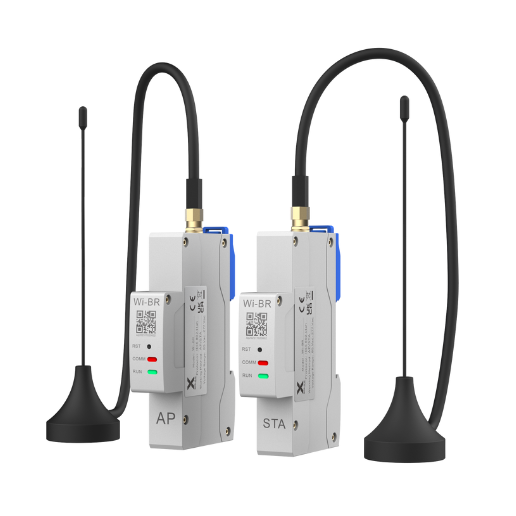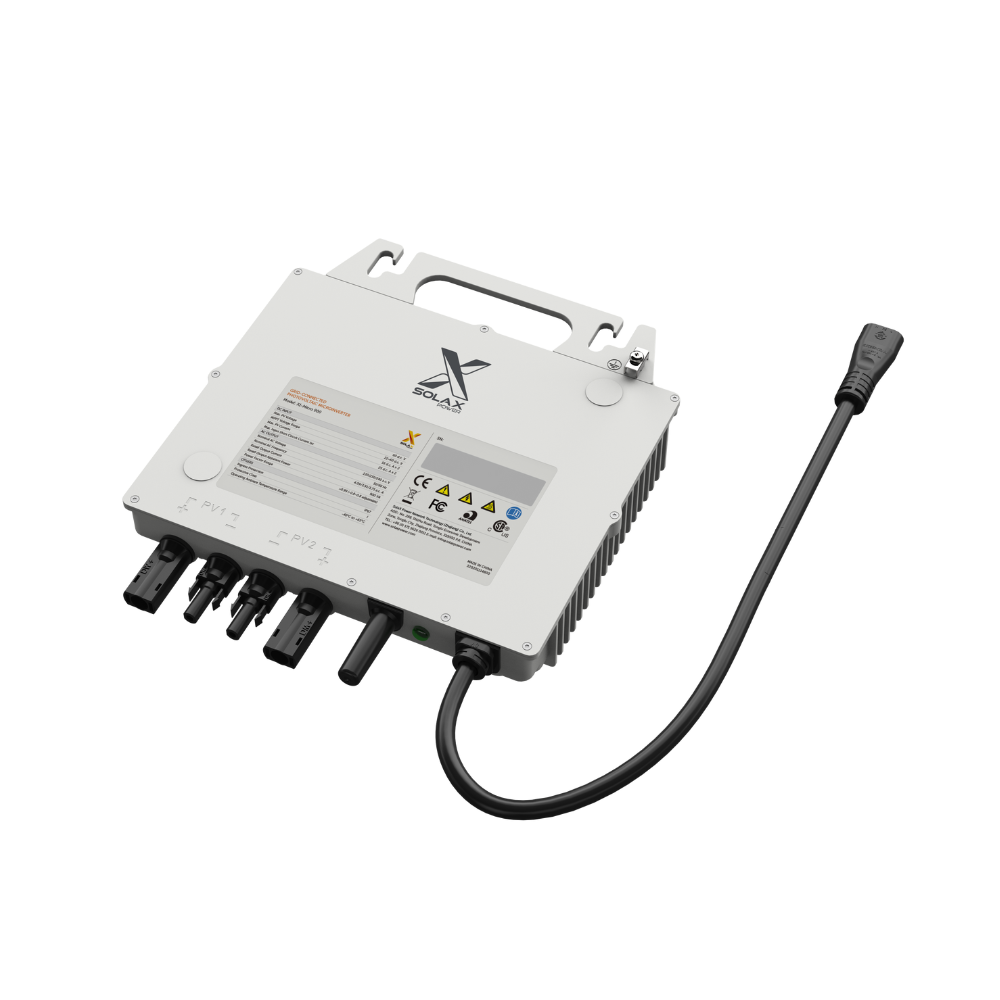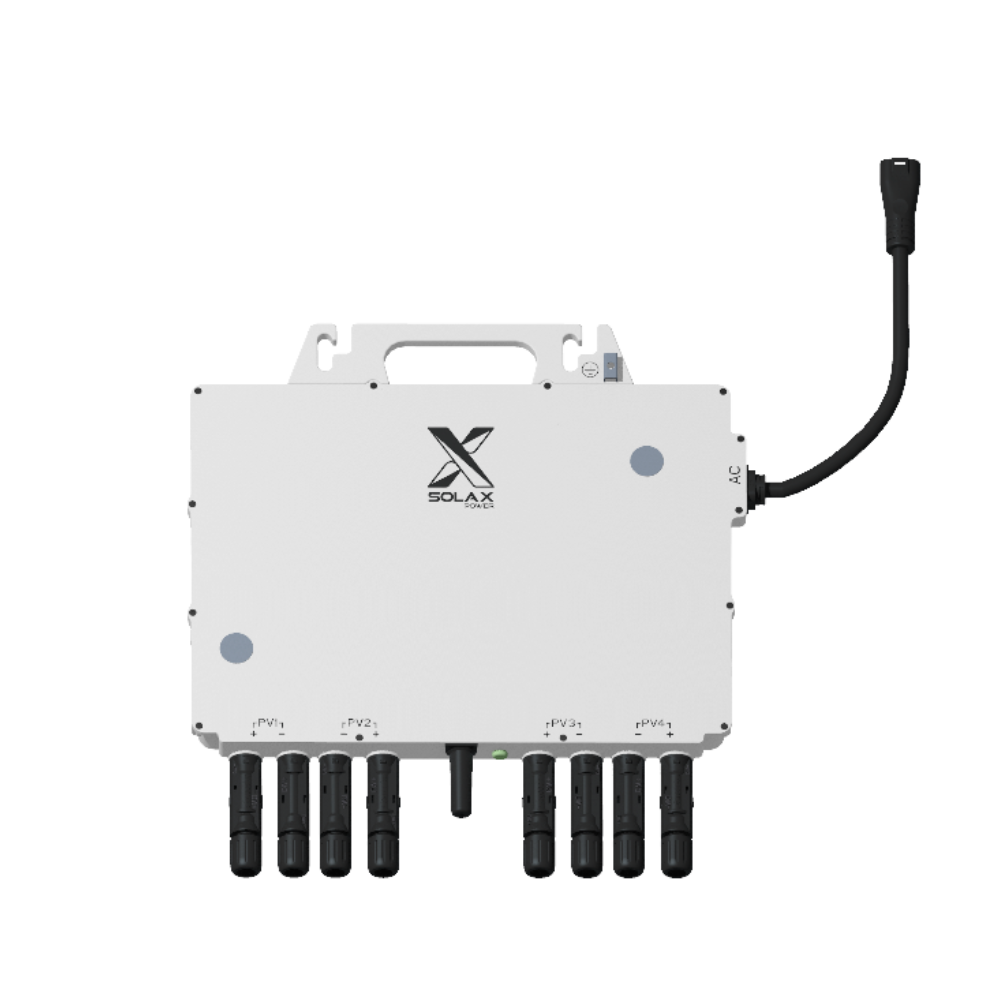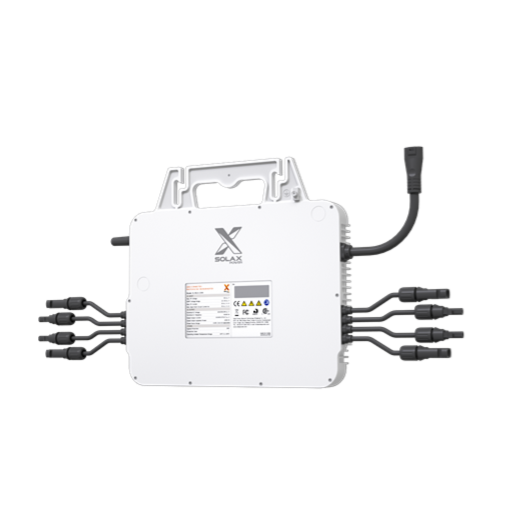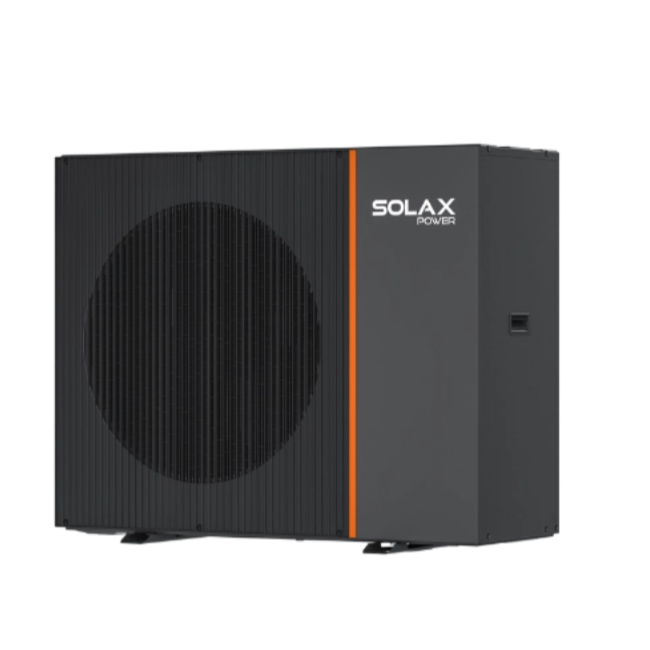June 02, 2025
Solar Heat Pumps in Extreme Weather: Performance Tips
Share my #SolaXStory
As the global shift toward renewable energy continues, solar-assisted heat pump systems are gaining popularity for their efficiency and sustainability. Brands like SolaX are at the forefront of developing advanced solar powered heat pump solutions that can effectively heat and cool homes even under challenging weather conditions. However, performance can vary significantly in extreme environments. This article explores how these systems operate, the challenges they face, and best practices for maintaining optimal performance throughout the year.
1. How Solar-assisted Heat Pumps Operate?
A solar powered heat pump system combines a heat pump with a solar energy source—typically photovoltaic (PV) panels or solar thermal pumps—to extract and transfer heat for space heating, cooling, or water heating. The integration of solar power significantly reduces electricity consumption from the grid, making it an eco-friendly and cost-effective solution for modern homes.
These systems are especially efficient during moderate weather conditions but can encounter performance issues during temperature extremes.
1.1 Challenges in Extreme Conditions
In extreme cold, heat pumps may struggle to extract sufficient heat from the air, reducing their efficiency. Snow or ice buildup can block air intake or damage outdoor components. In excessively hot climates, cooling demands may exceed the system's designed capacity, leading to higher wear and energy usage.
1.2 Importance of Solar Heat Pump System Design
The key to performance in extreme weather lies in smart design. Solar pump for home applications must be sized correctly, taking into account regional climate data, building insulation, and hot water demands. Solar energy storage solutions providers like SolaX deliver flexible, climate-adapted solar heat pump solutions—such as the Thermal R290 Series—which offer three indoor unit options: Hydraulic Integrated Unit, Hydraulic Unit, or Control Unit. This modular approach allows homeowners to match system configurations to building layout and climate needs while ensuring quiet, reliable operation.
2. Maintenance Tips for Solar Heat Pump Optimal Performance
Routine maintenance plays a crucial role in ensuring that solar assisted heat pump systems remain efficient and reliable regardless of the weather.
Regular Cleaning and Snow Removal
Dust, leaves, or snow can block solar panels and outdoor units. Regularly clear debris from the solar thermal pump collectors and remove snow from around the heat pump's air intake to prevent airflow restriction. Heated covers or snow guards can also be used in snowy regions.
Routine System Inspections
Have professionals inspect the system at least once a year. This includes checking refrigerant levels, verifying solar panel output, and ensuring electrical connections are secure. Early detection of faults helps avoid costly repairs and downtime during harsh weather.
Monitoring System Performance
Most modern solar powered heat pump systems come with digital monitoring platforms. Monitor system data such as temperature output, solar energy generation, and power consumption. Any sudden drop in performance may indicate an underlying issue that needs attention.

3. Preparing for Extreme Weather Events
As climate change brings more frequent and intense weather events, preparation is key to protecting your solar heat pump for house and ensuring uninterrupted operation.
Emergency Response Planning
Create a contingency plan that includes steps to shut down the system safely during storms or power outages. Install surge protectors to safeguard electronics from lightning damage.
Utilizing Backup Heating Sources
During prolonged cold snaps, it's wise to have a backup heating solution, such as a gas heater or electric furnace. Many solar assisted heat pump systems can be integrated with auxiliary heating systems to ensure comfort even in extreme cold.
Protecting Outdoor Units
Shield the outdoor unit from heavy snow, hail, or flooding using weatherproof covers or enclosures. Ensure proper drainage around the unit to prevent water accumulation and ice formation.
4. Advanced Heat Pump and Solar Technologies
Technological advances are pushing the limits of what heat pump solar powered systems can achieve. High-efficiency inverters, smart thermostats, and hybrid heating configurations are becoming standard. SolaX's Thermal R290 Series features 3-zone independent temperature control, enabling efficient delivery of domestic hot water year-round, space heating in winter, and cooling in summer—all within one integrated system. This all-climate capability ensures consistent comfort and energy savings regardless of seasonal extremes.
By understanding the principles behind solar powered heat pump systems and implementing best practices for design, maintenance, and preparation, homeowners can enjoy year-round comfort and energy savings. With innovations from industry leaders like SolaX, solar heat pumps are not only viable—but increasingly essential—for sustainable living in all climates.
Last News
Explore expert insights, practical guides, and the latest news on SolaX Power.
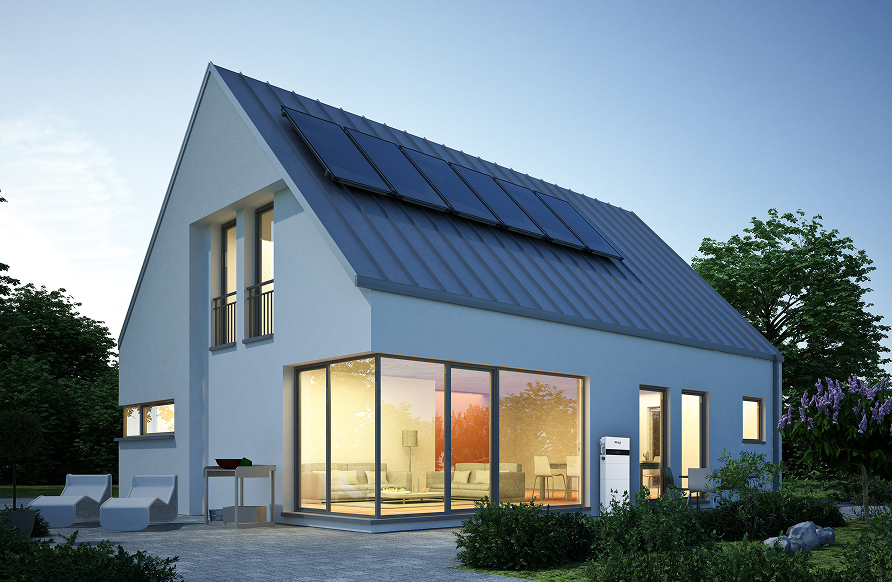
To the Latest Newsletter
Stay Ahead with the Latest SolaX Updates!
Subscribe
I have read and agree to Privacy Policy and User Terms



